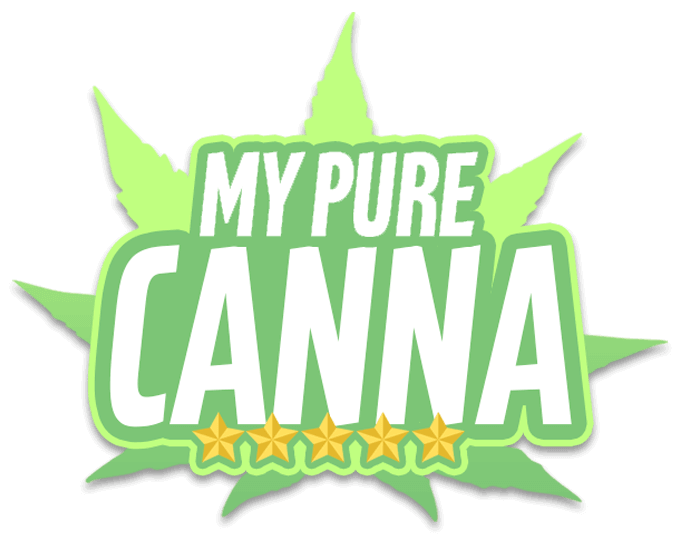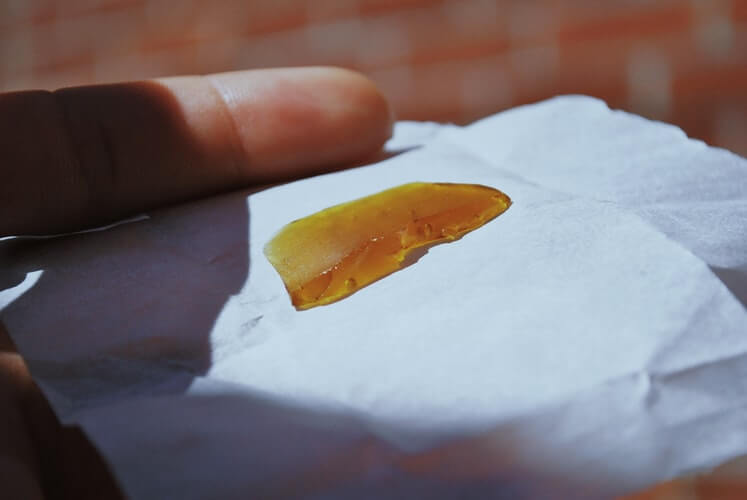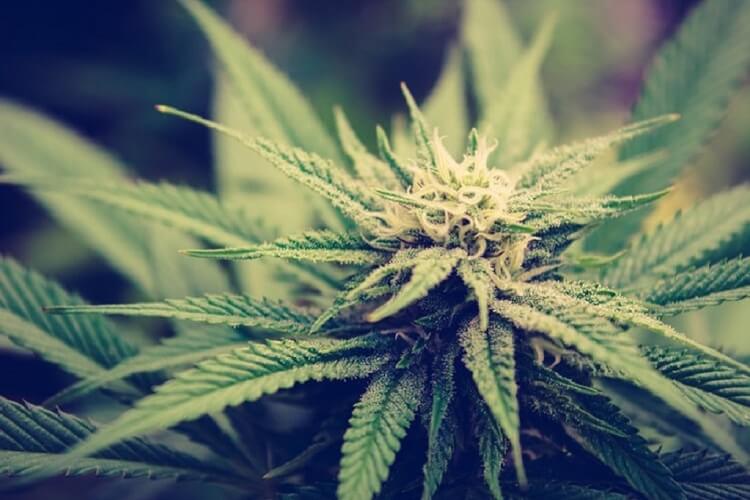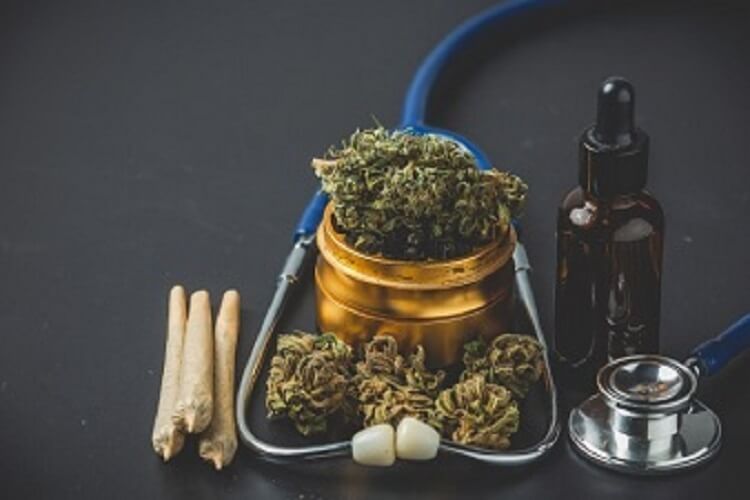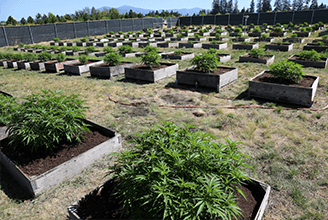If you’ve ever seen marijuana concentrates for sale, you may have wondered just what they are. What exactly is shatter? What’s the difference between an oil and a tincture? Isn’t hash just another word for weed? Why get all fancy when you can just smoke dried herb?
Well, it turns out there are a few reasons why people prefer concentrates over traditional bud. Before we dive into the ‘why,’ let’s take a peek at just what concentrates are — and specifically CBD concentrates.
What Are Concentrates?
A concentrate, chemically speaking, is something expressed in a condensed form, or something made less diluted by eliminating fluid (water). In terms of marijuana, concentrates refer to such products as tinctures, infused oils, hash, shatter, wax, and dabbable oils. They are chemically more dense in psychoactive compounds than the whole flower, either leaning towards high THC or CBD content.
Hash, oils, and tinctures are old methods of concentrating cannabis. Hash is made from collecting trichomes (the sticky crystals) from the mature buds of cannabis plants and either pressing or rolling it into bricks or balls. Tinctures are made of plant matter steeped in alcohol in a specific ratio. Oils are much the same but steeped in oil instead. Whether alcohol or oil is more effective at extracting the compounds is plant-specific.
Shatter, wax, and dab oils are a more modern and complex form of making concentrates. Shatter, so named for its brittle and semi-translucent glass-like appearance, is made by extracting the desired compounds from the fresh/cured herb with a solvent. The resulting oil-like liquid is then heat-treated to remove the solvent and leave just the concentrated compounds of the marijuana plant. The final processing of the concentrate determines whether it ends up as shatter, oil, or wax.
CBD products, in particular, are made from the hemp plant. Hemp is very low in THC, which is perfect for those seeking the benefits without the high. The hemp matter is treated with the same process as cannabis to make CBD concentrates. Once the concentrate is extracted, it is ready to be dabbed.
What Is Dabbing?
Dabbing refers to inhaling vaporized cannabis concentrates. It involves using either a specialized bong-type device called a dab rig or a vape pen designed explicitly for concentrates. With a dab rig, the nail is heated with a torch and allowed to cool slightly before introducing the concentrate. Vape pens work similarly to regular dab rigs, with the added benefit of a more controlled temperature.
For serious dabbers, there is such a thing as an e-rig. This compact electric dab rig heats the nail with a battery rather than a torch. The temperature can be set to the user’s specifications, which is important so as not to burn the concentrate. E-rigs are prized for their portability and simplicity, though they will set you back a few hundred dollars for a good set-up.
Why Would I Dab?
So you’re pondering over marijuana concentrates for sale – the shatter looks so pretty, but is it really worth it? Well, yes, as a matter of fact, it is!
The best part of marijuana concentrates is the elimination of the carcinogenic plant material that one would normally inhale from smoking dried flower. Smoking a whole joint is hard on the lungs, not only due to the unwanted chemicals that come with combusting plant matter but also the heat of the smoke itself. Dabbing results in a cleaner, cooler vapour that is easier on your airways with instantaneous effects. The high is typically more potent than just smoking weed.
With shatter, in particular, you need very little product per use. Because the concentrates are so pure, you can use tiny portions to make your shatter go a long way. Due to its chemical structure, shatter is very shelf-stable and can maintain its potency longer than waxes or oils.
Admittedly, the downside to dabbing is that it requires multiple pieces of specialty equipment. Unlike edibles that you can pop in your pocket to take along for later, dabbing requires several items that aren’t the most portable. Let’s jump into how dabbing works to explain the necessary equipment.
A Step By Step Guide To Dabbing
First and foremost, please make sure your concentrates come from a reliable source! While it is possible to make homemade concentrates, the risk for unremoved solvents remaining in your product is high – and that is stuff you certainly don’t want to inhale. Potency should be labelled on legitimately produced concentrates to give you an idea of what you’re working with.
After you’ve found marijuana concentrates for sale from somewhere you trust, it’s time to piece together the rest of the puzzle.
You Will Need:
- Concentrate: shatter, wax, or dabbable oil
- dab rig
- dab tool
- a nail that fits your rig
- torch
- carb cap (optional, but increases efficiency)
How to Do It:
- Step 1: prep your dab rig according to type. Portion out a tiny bit of your concentrate – as we know, they are powerful (which is the whole point), so start with the tiniest portion you can collect with your dab tool. You can always dab more if you need to.
- Step 2: heat your nail. Unless you have an e-rig, you’ll have to do this using a torch. Heat the nail until it is just starting to turn red. Let it cool for 30-60 seconds; ideal dabbing temperature is 350-400°. If you can comfortably (and carefully!) hold your hand about half an inch away from the nail, it is ready.
- Step 3: slowly lower your dab tool and concentrate into the nail. It should melt upon contact with the rig and begin to vaporize. Inhale long and slow until all the concentrate is gone. If you have a carb cap, pop that on top to keep all the vapour in while you inhale.
- Step 4: Exhale immediately. If you have the wherewithal to clean your nail right away, do so by letting it cool down a bit, then swiftly wiping it with a cotton swab.
If getting yourself all set up with a dab rig seems overwhelming, try starting with a dab pen. Pens aren’t as efficient as a dab rig and will require multiple hits to achieve the same effect, but they are simpler and more portable to use.
Benefits of Dabbing Concentrated CBD
If you’re medicating with CBD for health reasons, it makes sense to introduce it to your body as cleanly as possible. Dabbing a high-quality CBD concentrate eliminates the risks associated with smoking grass and delivers all the good qualities directly to your bloodstream. It is easier on your lungs, more immediate than edibles, and offers the user a chance to appreciate the enticing flavours of marijuana that are otherwise clouded by burning the herb.
